How Pets Can Improve Your Health


Stay Well With Your Animals
No doubt about it: Animals can make people feel good. And your favorite ones can also help you stay well. You may be surprised at just how many ways a pet can improve your health.

Mood Boost
It only takes a few minutes with a dog or cat or watching fish swim to feel calmer and less stressed. Your body actually goes through physical changes in that time that make a difference in your mood. The level of cortisol, a stress hormone, lowers. And serotonin, a feel-good chemical your body makes, rises.

Better Blood Pressure
You still have to watch your weight and exercise. But having a pet can help you manage your blood pressure. In one study of 240 married couples, pet owners had lower blood pressure and lower heart rates during rest than people who didn’t have a pet. Another study showed that when children with high blood pressure petted their dog, their numbers improved.

Lower Cholesterol
You watch what you eat and work out. If you also have a pet, there could be a cholesterol perk. People who have pets tend to have better levels of cholesterol and triglycerides, compared to people who don’t. The reason for that isn’t clear. Part of it could be the more active lifestyle that comes with having pets.

Help Your Heart
People with cats and dogs may have some heart benefits. In a 20-year study, people who never owned a cat were 40% more likely to die of a heart attack than those who had. Another study found that dog owners had a better survival rate one year after a heart attack. Overall, pet owners are less likely to die of any cardiac disease, including heart failure.

Ease Depression
No one loves you more unconditionally than your pet. It could even help you deal with and recover from depression. Your pet will listen to you talk for as long as you want to talk. You’ll probably feel calmer when you pet a cat or dog. And taking care of an animal -- walking it, grooming it, playing with it -- takes you out of yourself and helps you feel better about the way you spend your time.
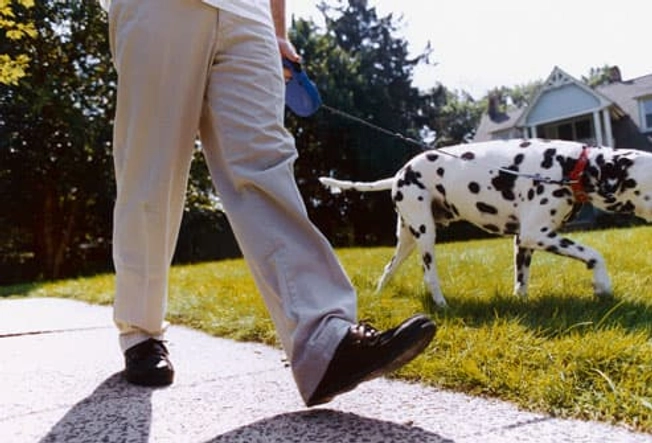
Boost Your Fitness
If you have a dog, you’re probably more active than someone who doesn’t have one. A daily 30-minute walk with your pooch helps keep you moving. Two 15-minute walks, one in the morning and one in the evening, do the same thing. Add in a game of fetch in the back yard with your dog and you’ll be even more fit.

A Faithful Exercise Buddy
When you work out with your pet, you’ll both benefit. Shine a flashlight on the wall or wave a string while you do a step aerobics routine. Your cat will get a workout chasing the light, and you'll be entertained. You might even find yoga classes for people and their dogs, called doga. Call your local gym or ask your vet about it.

Fewer Strokes Among Cat Owners
Doctors aren't sure why. It may be partly due to the effects owning a pet can have on a person's circulation. But researchers think that cats may have a more calming effect on their owners than other animals do. It may also have something to do with the personality of a cat owner. Cats often become the focus of their owner's interest, which diverts them from other stressful worries.
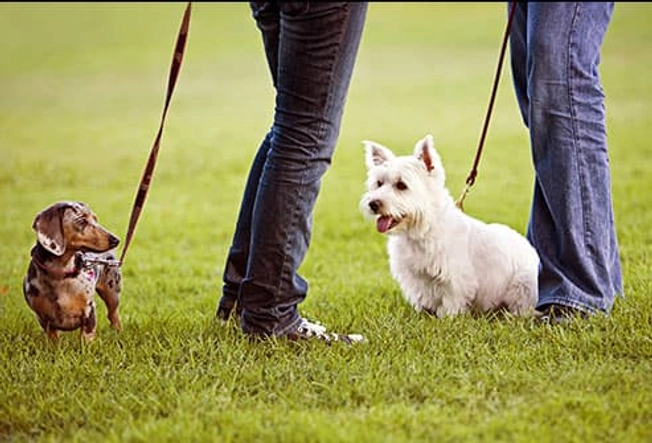
More Connections
One key to a healthy mind is to stay engaged with others. And pet owners tend to want to talk with other pet owners. A dog is a conversation waiting to happen. People, especially those with dogs, will stop and talk with you when they see you walking your pet. Go to a dog park to socialize with other owners while your pets play.

Fewer Allergies, Stronger Immunity
When children grow up in a home with a dog or cat they are less likely to develop allergies. The same is true for kids who live on a farm with large animals. Higher levels of certain immune system chemicals show a stronger immune system, which will help keep them healthy as they get older.

Cats and Asthma Prevention
It doesn't seem to make sense. Pet allergies are one of the most common triggers of asthma. But researchers have studied the effects of having cats in the homes of babies at risk for asthma. They found that those children were less likely to develop asthma as they got older. There's one exception. Children whose mothers have a cat allergy are three times more likely to develop asthma after being around cats at an early age.

Snack Alarm
For people with diabetes, a sudden drop in the level of blood glucose can be very serious. Some dogs can alert their owner before it actually happens. They may sense chemical changes in the body that give off a scent. The alarm gives the owner time to eat a snack to avoid the emergency. About one in three dogs living with people with diabetes have this ability.

Work With a Counselor
Some mental health therapists use a dog in therapy. A dog in the office may help someone be more comfortable. And a remark to or about a dog may show what’s really on someone’s mind. One therapist tells about a couple in their office who started to argue. The dog, which usually just slept during the session, got up and wanted out. They used that to help the couple see how their fighting affected others, especially their children.
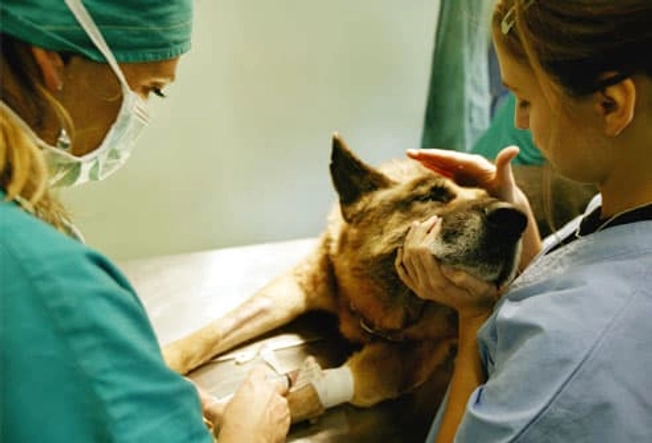
Partners in Better Cancer Care
Dogs and cats can get the same kinds of cancers humans do. For example, studies of prostate cancer in dogs have led to a better understanding of how it develops in older men. And preventing cancer in pets may lead to new strategies for people, too.

Overcoming the Limitations of ADHD
When a child with ADHD works with and keeps a pet, there can be benefits. It gives them practice with chores, planning, and responsibility. Pets need to play, and that helps kids burn off extra energy. In turn, that can mean an easier time falling asleep at night. And because the bond between a pet and a child is unconditional love, pets help children with ADHD learn about self-esteem.

Autism: Addressing the Senses
Sensory issues are common among children with Autism Sensory Disorder. Sensory integration activities help them get used to the way something feels against their skin, and to certain smells or sounds. Dogs and horses have both sometimes been used in these activities. The children usually find it calming to work with animals. And animals can hold their attention.
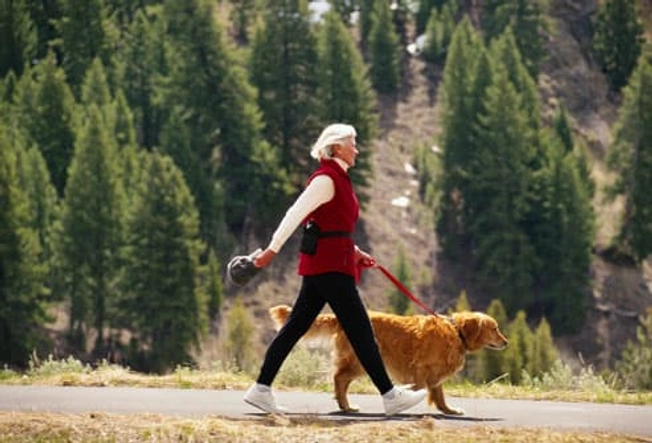
Stronger Bones
Walking your dog counts as a weight-bearing exercise that strengthens your bones and the muscles around them. It also lets you spend time in the sun, which provides vitamin D. If you have osteoporosis, use a short leash that won’t get tangled. And don’t walk a dog that is liable to jump on you and make you lose your balance.

Stretch Like Your Cat
Got a cat? Watch how many times they stretch every day, and when they do, you do it too. If you can, get down on the floor and go through the same motions. If you can’t get on the floor, sit on a chair and follow along to stretch your upper body.

Manage Arthritis Together
Do you and your dog have arthritis? When you make an appointment at the vet, also call and make your own doctor’s appointment. You both need exercise, so walk with your dog. Keep your medicine in the same place you keep the dog’s, so you’ll see it when you get theirs. If you can, coordinate taking your medicines at the same time you give them their medicine.

Get Back in the Saddle
Some rehab programs for stroke patients use horses to help with recovery. Often, people who have had strokes start riding with someone walking alongside them as someone else leads the horse. Horseback riding gives stretching exercise, which is especially good if one side has been made weaker. It also helps you regain balance and build core strength.

Relief From RA
If you have rheumatoid arthritis, you’ll benefit when you walk and throw a Frisbee with your pet. And pets can help take your thoughts off of your own condition. But perhaps the best help comes from those dogs or cats that seem to be super-sensitive to people who don’t feel well. Sometimes just their presence can make you feel better.

Soothing Heat for Chronic Pain
A Mexican hairless dog called a Xolo is known for generating intense body heat. An organization called Paws for Comfort trains Xolos to be service dogs for people with fibromyalgia and other forms of chronic pain that respond to heat. People get relief when they put their hurting limbs against the dog’s body or lying up next to it. Some dogs have even been trained to ride around wrapped around the neck of a person with chronic neck pain.
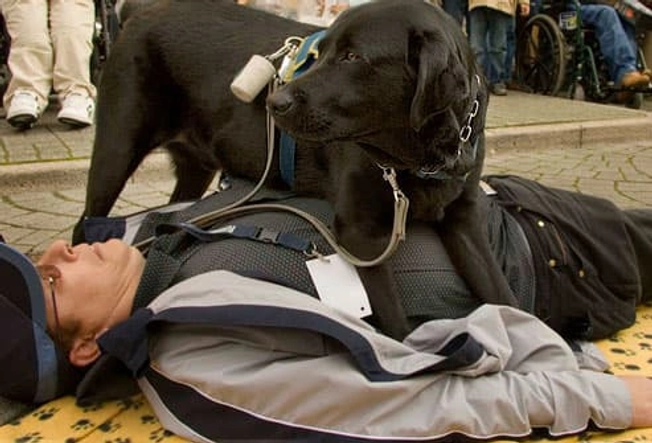
Seizure Dogs
These dogs have been trained to live and work with people who have epilepsy. Some are trained to bark and alert the parents when a child has a seizure outside or in another room. Some lie next to or on a person having a seizure to prevent injury (as seen in this demonstration). And some work has been done training dogs to warn before a seizure happens. This gives the person time to lie down or move away from a dangerous place such as a hot stove.
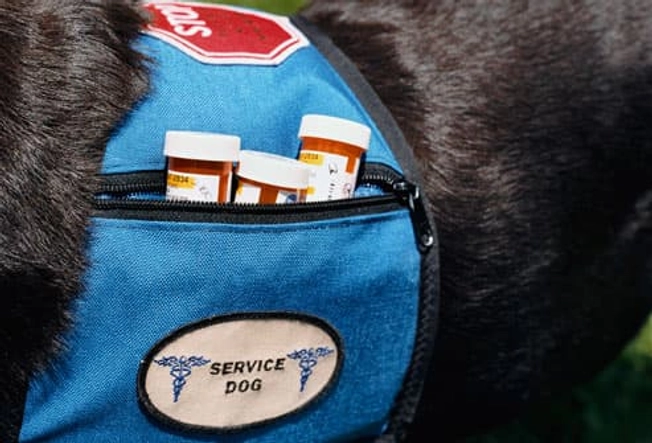
More Independence
Specially trained dogs can do tasks that let people with Parkinson’s disease keep their independence. They can pick up dropped items or fetch ones you ask for. They can provide balance support, open and close doors, and turn lights on with their paws. They can also sense when someone with Parkinson’s “freezes” and touch the foot to let the person keep walking. Groups like Pet Partners can help you find a good service dog.

A Better Quality of Life
Visits from therapy dogs help people recovering from devastating illness or an event such as a stroke. Some dogs are trained to understand a range of commands which lets them help those with aphasia (a language disorder common in older adults, particularly those who’ve had a stroke) feel good when they see the dog understands them. And, petting or scratching a dog can help someone rebuild strength while recovering from a stroke or other illness. It also creates a feeling of calm.

A Calming Presence
People with AIDS are less likely to be depressed if they own a pet, especially if they’re strongly attached. And with an animal in the home, people with Alzheimer's have fewer anxious outbursts. The animal also helps the caregivers feel less burdened. Cats seem to be particularly helpful since they need less care than dogs.
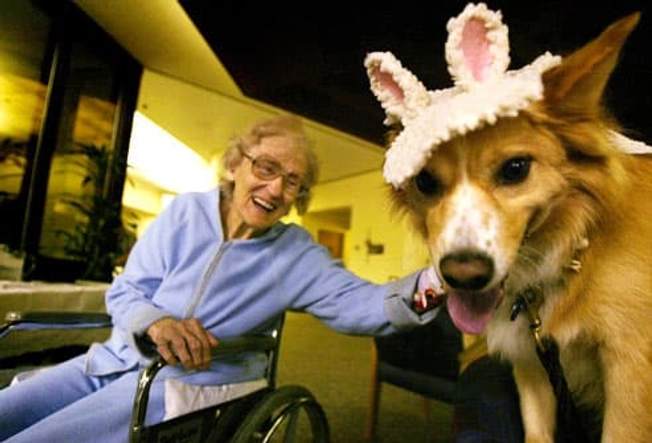
Animal-Assisted Therapies
Researchers are studying what happens when they bring specially trained animals into clinical settings, such as hospitals and nursing homes. One of the biggest advantages of letting people spend time with animals in such places seems to be improved mood and less anxiety.